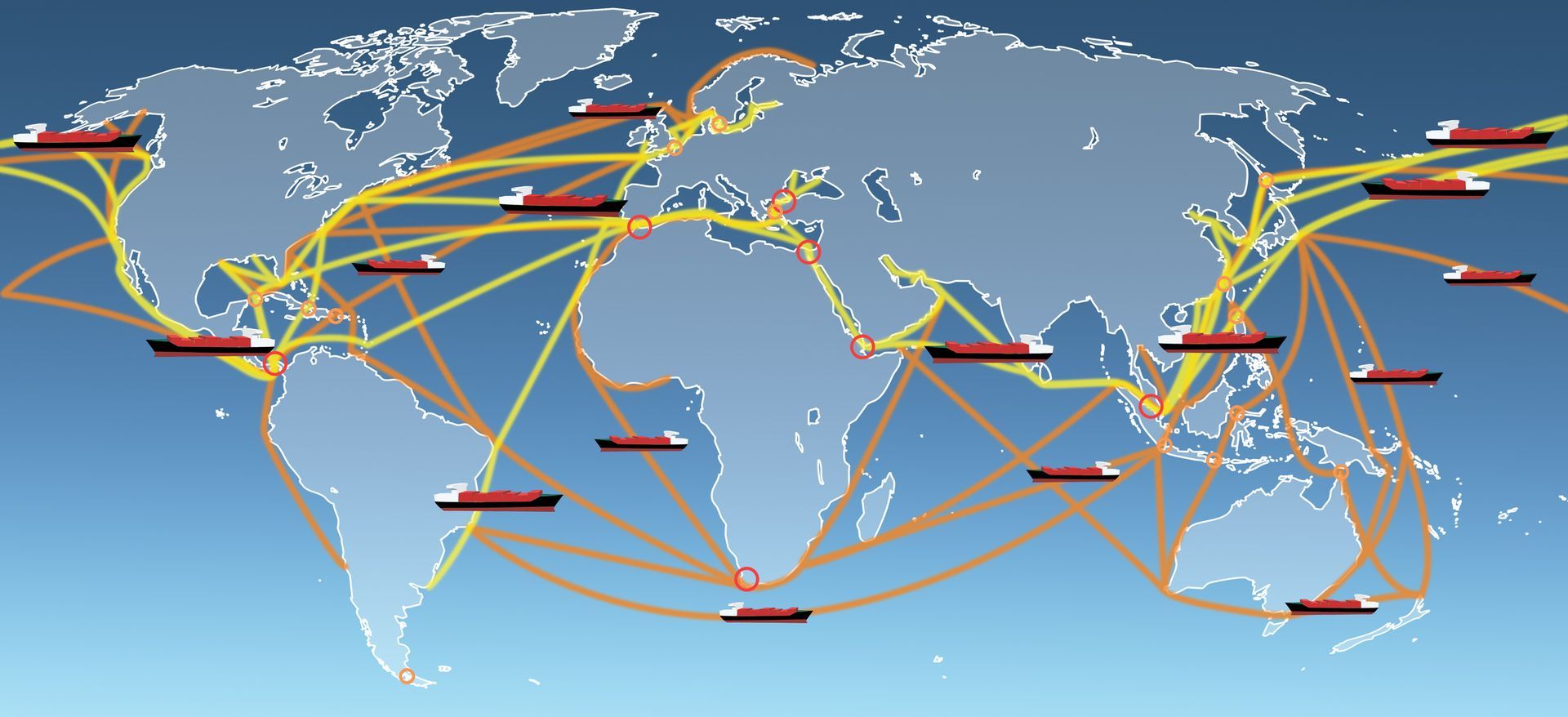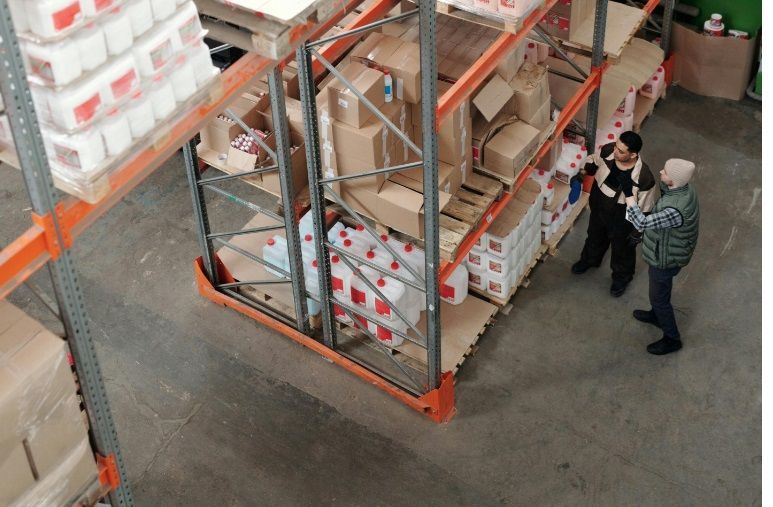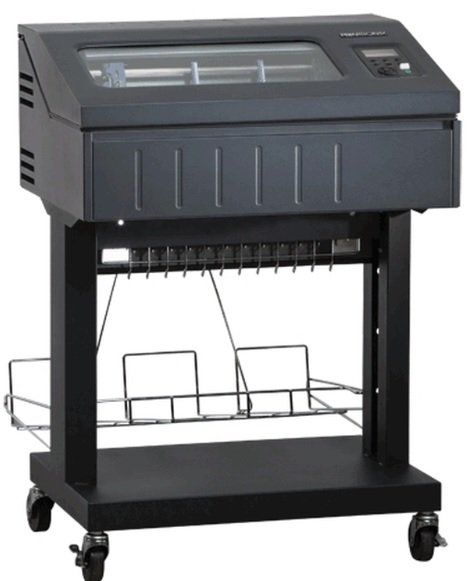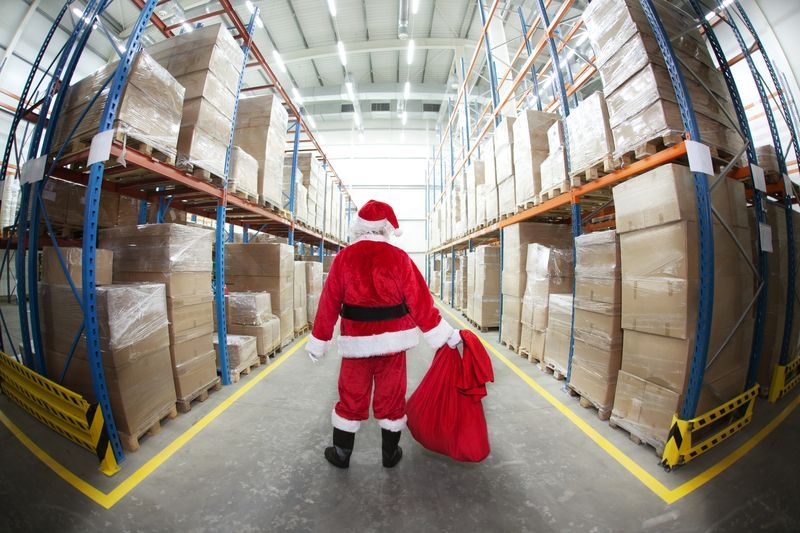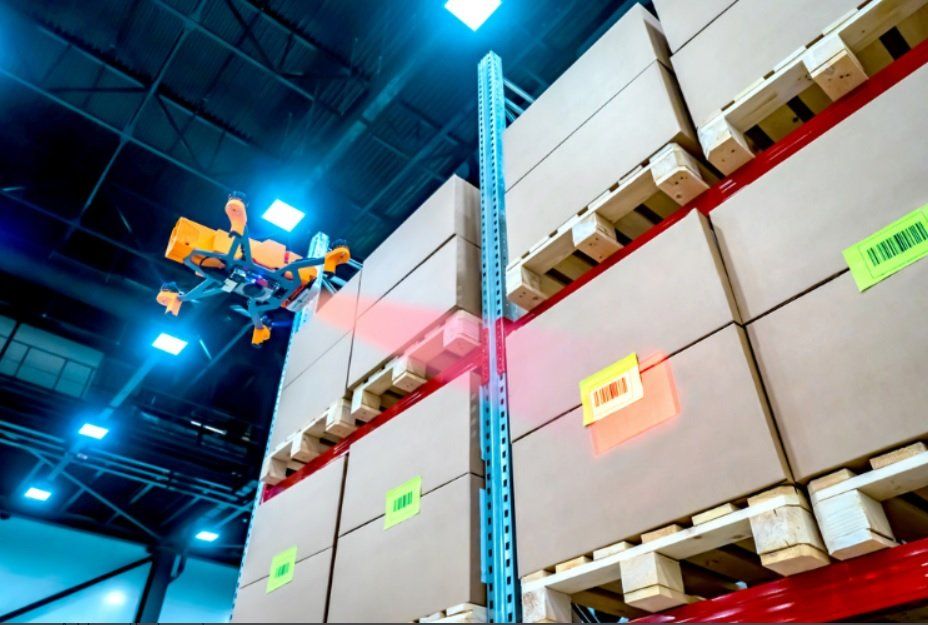How COVID-19 Is Impacting Warehouse Automation
covid-19 and warehouse automation
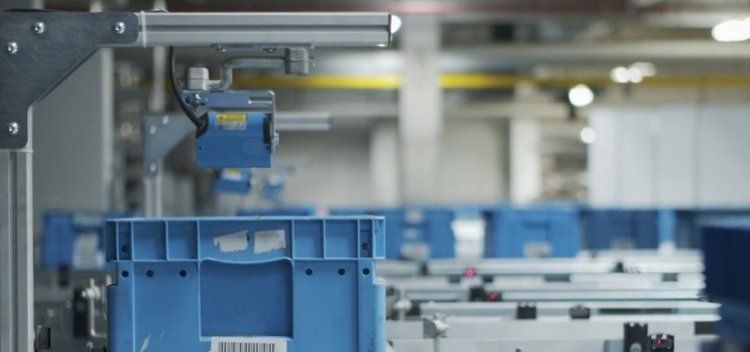
COVID-19 has had a profound and disruptive impact on warehouse operations everywhere on the globe. Warehouses had to learn to survive in a rapidly changing world and adapt to increasing consumer demand.
Challenges for Warehouses
The pandemic adversely impacted all industries, and warehouse and distribution centers were no different. Let’s see how COVID-19 presented unique challenges to warehouses.
Social Distancing
With COVID-19 came a list of preventive and safety measures, including social distancing. Warehouses had to find new ways to innovate operations to overcome restraints like lockdowns and isolation protocols. Physical, social distancing resulted in a ripple effect that impacted the entire supply chain.
Labor Shortages
Another trickle-down effect of lockdowns was the labor shortages that occurred. Throughout warehouses and distribution centers, lack of labor posed a complex problem within the supply chain.
With retail stores closed, consumers relied heavily on eCommerce for their shopping needs. Warehouses were not prepared for the immense and sudden surge in demand. This demand surge resulted in an extreme shortage of products that created paranoia among the masses.
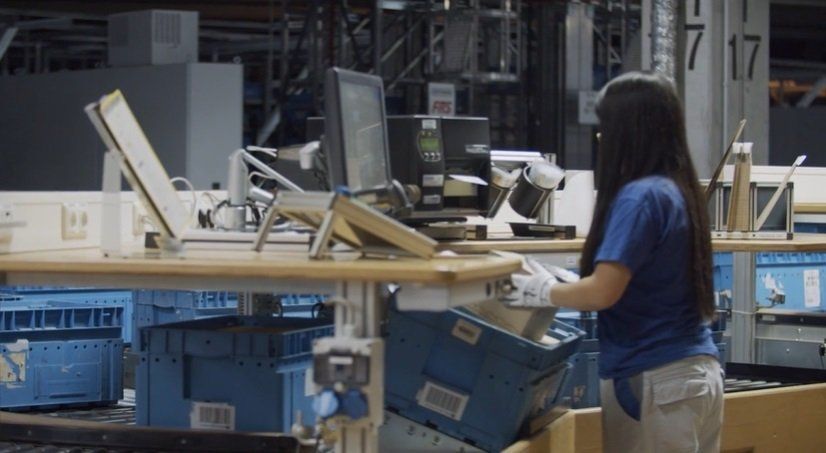
Responses & Opportunities That Came With COVID-19
While there were several challenges that the pandemic presented to warehouses and distribution centers, the entire situation has provided ample opportunity for warehouses to reevaluate their processes and revolutionize the way they operate.
Using Assisted Guided Vehicles
With lockdowns and labor shortages, warehouses had to automate their operations. While these are uncommon in every warehouse, AGVs have become essential in the post COVID era. Assisted Guided Vehicles are robots that transport inventory around using sensor technology. This reduced the reliance on labor and ensured timely order fulfillment.
Smart Soaring & Conveyor Belts
With COVID-19, eCommerce boomed significantly more than anyone anticipated. After the initial shock, warehouses realized how much they could benefit from automation while successfully fulfilling orders.
One method to do this is using smart soaring and conveyor belt systems. They allow sorting and shipping to be done automatically without requiring manual labor. It utilizes AI and machine learning to capture the right product coming down the line and match it with a cost-efficient box too.
Warehouse Management Systems
These systems were at the crux of warehouse automation due to COVID-19. These systems automatically assisted with day-to-day operations using software, AI, and cloud-based solutions.
It gauged whether the warehouse needed more Work-in-Process inventory, warehouse capacity, etc. Autonomous coordination and tracking help in fulfilling orders in a timely fashion
Parting Words
With COVID-19, businesses saw a rapid increase in demand for essential goods. The increased demand had a domino effect, resulting in the need for greater storage volume and more efficient warehouse operations. The pandemic has accelerated the growth of warehouse automation by innovating business processes without the need for human labor.
This revolutionization is permanent and will further change the way businesses operate, especially in the eCommerce world.
Today's warehouses need to arm their employees with tools to help automate and save time in their processes. MIDCOM has been helping warehouses to be more efficient since 1982. Call today and talk to one of our Specialists about wearable barcode scanners or other warehouse solutions at (800) 643-2664 today!
Get More Information On The Wearable Barcode Scanner




